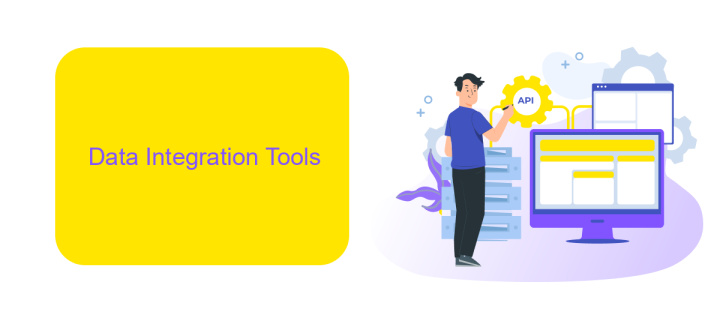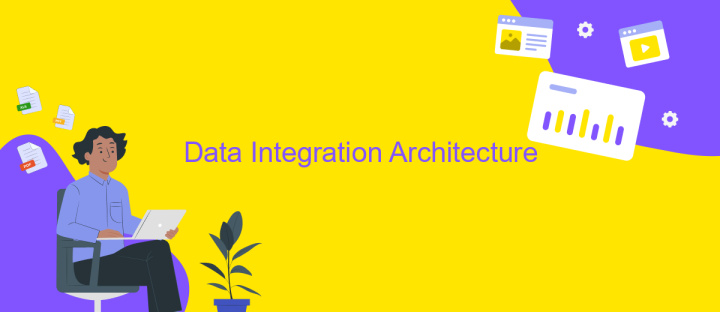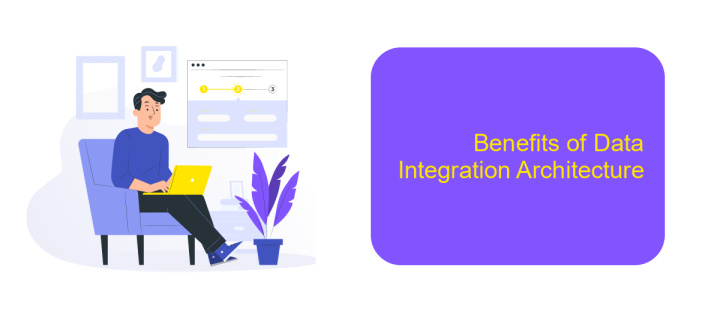Data Integration Architecture Key Components
In today's data-driven world, effective data integration is crucial for organizations to harness the full potential of their information assets. This article explores the key components of data integration architecture, providing insights into how they work together to ensure seamless data flow, consistency, and accessibility. Understanding these components is essential for building robust, scalable, and efficient data integration solutions.
Introduction
In today's data-driven world, organizations are increasingly relying on data integration to consolidate information from various sources into a unified view. Data integration architecture plays a crucial role in ensuring seamless data flow, accuracy, and accessibility. Understanding the key components of this architecture is essential for designing robust and efficient data integration solutions.
- Data Sources: The origin points from which data is extracted, such as databases, APIs, and flat files.
- Data Transformation: The process of converting data into a desired format or structure, often involving cleaning and enrichment.
- Data Loading: The mechanism for transferring transformed data into a target system, such as a data warehouse or data lake.
- Data Governance: Policies and procedures to ensure data quality, security, and compliance.
- Metadata Management: Tools and processes for managing data about data, which facilitate data discovery and lineage tracking.
By focusing on these key components, organizations can create a data integration architecture that not only meets their current needs but also scales to accommodate future growth. This approach enables better decision-making, operational efficiency, and a competitive edge in the market.
Data Integration Tools

Data integration tools are essential for combining data from different sources into a unified view. These tools facilitate the extraction, transformation, and loading (ETL) of data, ensuring that information is consistent and accessible across various platforms. They support a range of functionalities, such as data mapping, data cleansing, and real-time data synchronization. By leveraging these tools, organizations can streamline their data workflows, reduce redundancy, and enhance data quality, ultimately enabling more informed decision-making.
One notable example of a data integration tool is ApiX-Drive, which simplifies the process of connecting various applications and services. ApiX-Drive offers a user-friendly interface that allows users to set up integrations without requiring extensive technical knowledge. It supports a wide array of applications, enabling seamless data transfer and synchronization between different systems. By automating data integration tasks, ApiX-Drive helps businesses save time and resources, allowing them to focus on leveraging their data for strategic insights and operational efficiency.
Data Integration Architecture

Data integration architecture is a critical framework that enables seamless data flow and consistency across various systems within an organization. It ensures that data from disparate sources is accurately combined, transformed, and delivered to the appropriate destinations, supporting decision-making and operational processes.
- Data Sources: These are the origin points where data is generated or stored, such as databases, applications, and external data providers.
- Data Extraction: This component involves retrieving data from various sources, ensuring it is available for subsequent processing.
- Data Transformation: This stage includes cleaning, normalizing, and enriching the data to ensure it meets the required standards and formats.
- Data Loading: The processed data is then loaded into target systems like data warehouses, lakes, or operational systems.
- Data Governance: This ensures data quality, security, and compliance through policies and procedures.
By implementing a robust data integration architecture, organizations can achieve a unified view of their data, improve data quality, and enhance overall business intelligence. This architecture not only supports real-time analytics but also ensures that data is accessible and usable across different departments and applications.
Benefits of Data Integration Architecture

Data integration architecture provides a streamlined approach to managing and consolidating data from various sources, ensuring that organizations can make more informed decisions. By seamlessly integrating disparate data, businesses can achieve a unified view of their operations, leading to enhanced efficiency and productivity.
One of the primary benefits of data integration architecture is the ability to improve data quality. Through consistent data cleansing and validation processes, organizations can ensure that their data is accurate and reliable. This leads to better analytics and more trustworthy insights.
- Enhanced decision-making capabilities
- Improved data quality and accuracy
- Increased operational efficiency
- Reduced data redundancy and inconsistency
- Streamlined data access and sharing
Furthermore, data integration architecture facilitates better collaboration across departments by providing a single source of truth. This eliminates silos and ensures that all stakeholders have access to the same data, fostering a more cohesive and collaborative work environment. Ultimately, investing in a robust data integration architecture can drive significant business growth and innovation.


Conclusion
In conclusion, a robust data integration architecture is essential for organizations aiming to leverage their data for strategic decision-making. Key components such as data sources, integration tools, data storage, and data governance play pivotal roles in ensuring seamless data flow and consistency. Implementing these components effectively can significantly enhance data quality, accessibility, and security, thereby driving business growth and innovation.
Moreover, utilizing integration services like ApiX-Drive can streamline the process by automating data transfers between various platforms and applications. This not only reduces manual effort but also minimizes errors, ensuring that data is always up-to-date and reliable. As businesses continue to evolve, investing in a comprehensive data integration architecture will remain a critical factor in maintaining a competitive edge in the data-driven landscape.
FAQ
What are the key components of a Data Integration Architecture?
Why is data transformation important in Data Integration Architecture?
How can automation improve Data Integration Architecture?
What challenges might one face in Data Integration Architecture?
How can one ensure data security in Data Integration Architecture?
Strive to take your business to the next level, achieve your goals faster and more efficiently? Apix-Drive is your reliable assistant for these tasks. An online service and application connector will help you automate key business processes and get rid of the routine. You and your employees will free up time for important core tasks. Try Apix-Drive features for free to see the effectiveness of the online connector for yourself.

